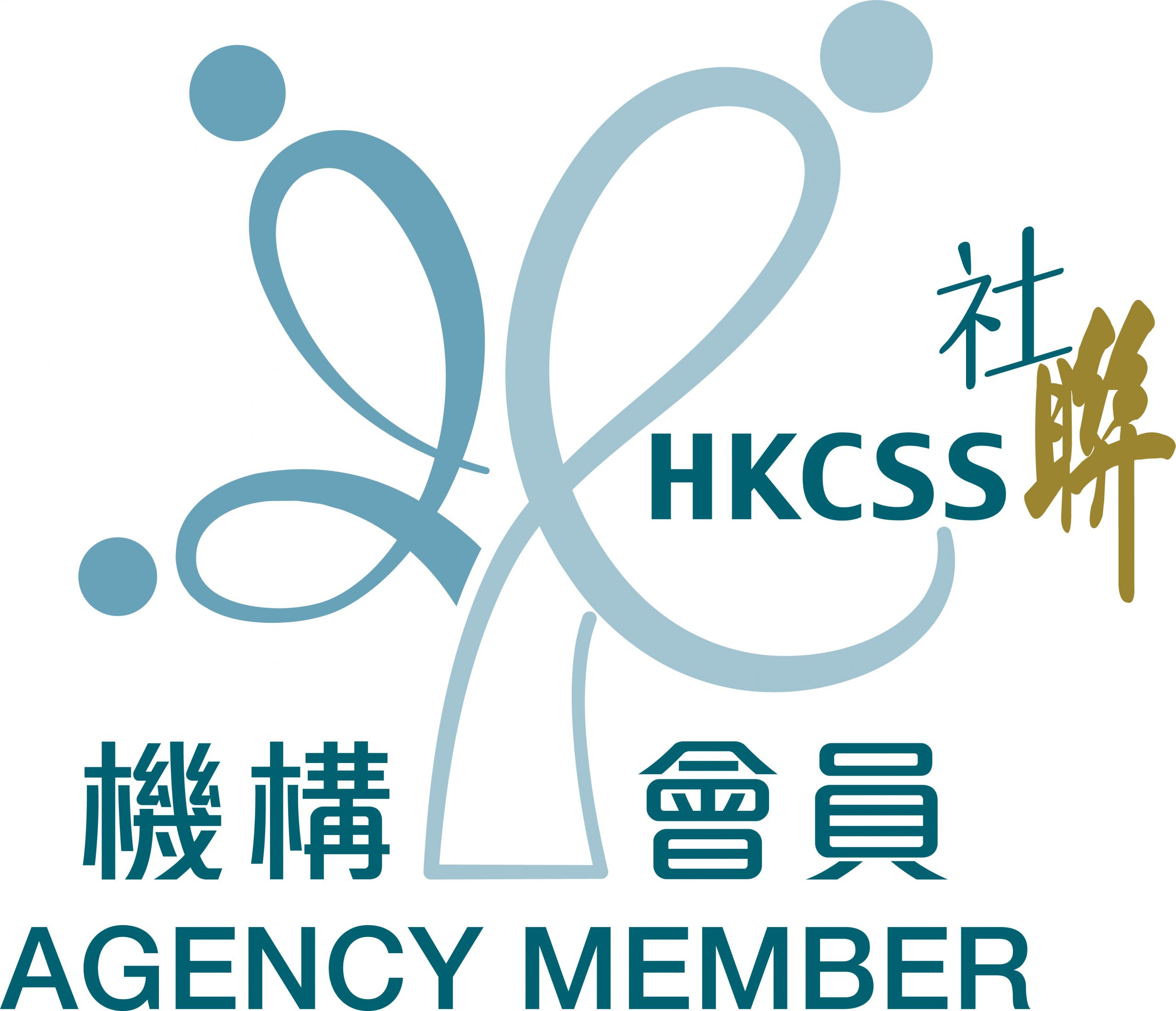Often we think we are not racist, but there are things we do that make ethnic minorities (EMs) feel excluded or inferior. As a Chinese person myself, working with ethnic minorities has taught me about micro-aggressions, the small but everyday things that are racist without knowing they are.
To not be racist is not enough.
As Chinese people represent 92% of the Hong Kong population, if racism is to end in the city, it would need the majority population to help change negative beliefs. To be an anti-racist, I understand that I need to be proactive about calling out racism in Hong Kong. I hope that you will also commit to being an anti-racist.
This toolkit will take you on an info-packed journey to help you understand and become an anti-racist in Hong Kong.
I am still learning, and I welcome any thoughts or comments you have. Contact me at: info@zubinfoundation.org
Thank you very much for using this toolkit.
Matthew Yu
Project Manager
The Zubin Foundation
通常我們認為自己並不是種族主義者,但我們的所為卻讓少數族裔 (EM) 感到排斥或令他們自卑。 作為一名華人,與少數族裔的工作教會了我關於微歧視 (micro-aggression)。各項日常小事竟是種族主義的行為,而我們卻不自知。
做一名非種族主義者並不足夠。
華裔人口佔香港百分之 92。如要在這城市結束種族主義需要廣泛市民來改變原有的負面信念。而作為一名反種族主義者,打擊種族主義需要更積極、主動地行動。我希望你也能成為一個反種族主義者。
此工具書將提供豐富資訊,帶你認識少數族裔並逐步實踐成為一位反種族主義者。
我還在學習中,如有任何想法或意見,歡迎電郵至 info@zubinfoundation.org。
感謝你使用這個工具書。
Matthew Yu
計劃經理
小彬紀念基金會
First Edition: 20 Oct 2022 | 初版: 2022 年 10 月 20 日
Download A Copy
▼ Click on the Toolkit Cover below to access the Toolkit (PDF – 56 MB) ▼
▼ 點擊以下封面下載工具書 (PDF – 56 MB) ▼
Read Online
▼ Read Anti-Racism Toolkit Online Here ▼
▼ 在線閱讀反種族主義工具書 ▼
Support Your Diversity, Equity and Inclusion Journey
協助你推動多元、平等、共融工作
Examples Cited in the Toolkit
工具書提及的例子
References
[1] The Zubin Foundation. (2018). Ethnic Minority Youth – Aspirations, Challenges, and Identity. (Eng Only)
[2] 政府統計處 The Census and Statistics Department. (2016). 2016 Population By-census Thematic Report: Ethnic Minorities 2016| 中期人口統計主題性報告:少數族裔人士
[3] Stereotype – Longman Dictionary of Contemporary English (Eng Only)
[4] Prejudice – Longman Dictionary of Contemporary English (Eng Only)
[5] Discrimination – Longman Dictionary of Contemporary English (Eng Only)
[6] Keith L. Anderson. (2020). From Racist to Non-Racist to Anti-Racist: Becoming a Part of the Solution. (Eng Only)
[7] ibid.
[8] Eleanor Nesbitt. (2004), Intercultural Education: Ethnographic and Religious Approaches
[9] Seyyed Hossein Nasr. (1993). Introduction to Islamic Cosmological Doctrines, An SUNY Press.
[10] Jainworld. (2022). Jain Food (Eng Only).
[11] World Tribune. (2020). All Life Is Equally Precious. (Eng Only)
[12] History.com (2022). Ramadan. (Eng Only).
[13] HoliFestival.org. Holi: a Joyful and Colorful Festival. (Eng Only).
[14] India Guide. Diwali 2022 – Deepawali 2022 – Deepavali Date 2022. (Eng Only).
[15] The Zubin Foundation (2018). Summary Report: Ethnic Minority Youth – Aspirations, Challenges, and Identity. (Eng) | 括要: 少數族裔青年 – 展望, 挑戰與身分認同 (中文版本)
[16] 香港教育專業人員協會. (2018). 教協向立法會少數族裔權益事宜小組提交之意見書 .(只有中文版本)
[17] Hong Kong Unison. (2011). 回應教育局提交立法會教育事務委員會之討論文件 (只有中文版本)
[18] O’Connor, Paul. (2018). Ethnic Minorities and Ethnicity in Hong Kong.
[19] K.N. Vaid. (1972). The Overseas Indian Community in Hong Kong. The University of Hong Kong. p.58. (Eng Only).
[20] O’Connor, Paul. (2018). Ethnic Minorities and Ethnicity in Hong Kong. (Eng Only).
[21] StarFerry 天星小輪. The Company | 公司簡介.
[22] SCMP Young Post. (2017). Documentary A Century of Power shows CLP’s role in modernising infrastructure from colonial Hong Kong to the present. (Eng Only).
[23] The University of Hong Kong 香港大學. (2002). Unveiling Ceremony of the Sir Hormusjee N Mody Bust in HKU | 香港大學獲拜火教送贈麼地銅像.
[24] SCMP Young Post. (2019). Hong Kong stories: How Nepalese Gurkha soldiers helped shape the history of our city.
[25] Gwulo (2010). Ruttonjee Sanatorium [1949-1991].
[26] Keith L. Anderson. (2020). From Racist to Non-Racist to Anti-Racist: Becoming a Part of the Solution. (Eng Only)
[27] ibid.
[28] Britannica. (2021). What is Cultural Appropriation? (Eng Only).
[29] CNN. (2022). Hong Kong TV series sparks ‘brownface’ controversy after actor darkens skin. (Eng only)
[30] EDI National Institutes of Health. (2021).Appropriation and Appreciation: What’s the Difference? (Eng only)



